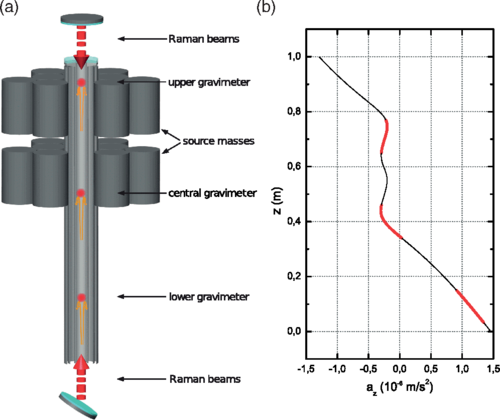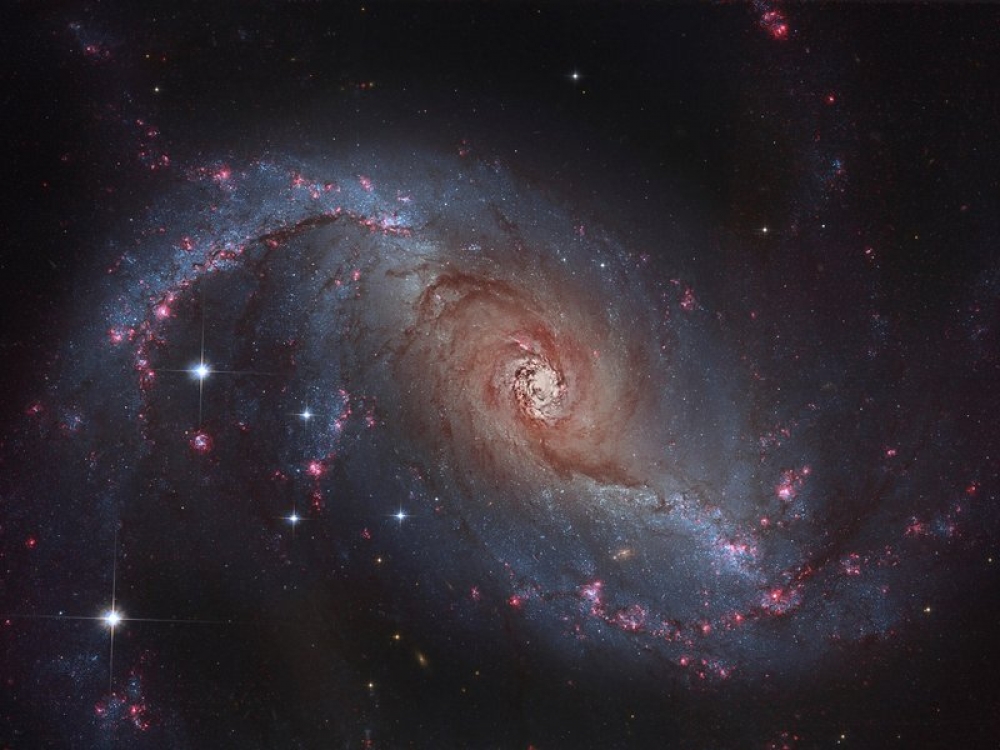An atomic clock measured how general relativity warps time across a millimeter
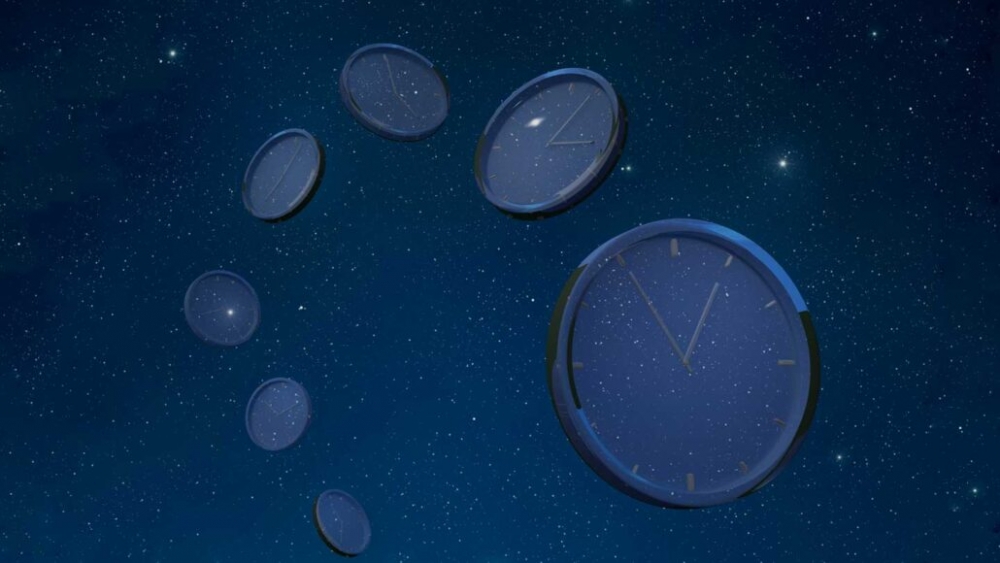
Clocks at different heights tick at different rates. An atomic clock has now revealed this key feature of the general theory of relativity on a scale of a millimeter. HIROSHI WATANABE/GETTY IMAGES PLUS
By Emily Conover -- OCTOBER 18, 2021
The record-breaking result reveals the incredible precision achievable by atomic clocks
A millimeter might not seem like much. But even a distance that small can alter the flow of time.
According to Einstein’s theory of gravity, general relativity, clocks tick faster the farther they are from Earth or another massive object (SN: 10/4/15). Theoretically, that should hold true even for very small differences in the heights of clocks. Now an incredibly sensitive atomic clock has spotted that speedup across a millimeter-sized sample of atoms, revealing the effect over a smaller height difference than ever before. Time moved slightly faster at the top of that sample than at the bottom, researchers report September 24 at arXiv.org.
“This is fantastic,” says theoretical physicist Marianna Safronova of the University of Delaware in Newark, who was not involved with the research. “I thought it would take much longer to get to this point.” The extreme precision of the atomic clock’s measurement suggests the potential to use the sensitive timepieces to test other fundamental concepts in physics.
An inherent property of atoms allows scientists to use them as timepieces. Atoms exist at different energy levels, and a specific frequency of light makes them jump from one level to another. That frequency — the rate of wiggling of the light’s waves — serves the same purpose as a clock’s regularly ticking second hand. For atoms farther from the ground, time runs faster, so a greater frequency of light will be needed to make the energy jump. Previously, scientists have measured this frequency shift, known as gravitational redshift, across a height difference of 33 centimeters (SN: 9/23/10).
See full text
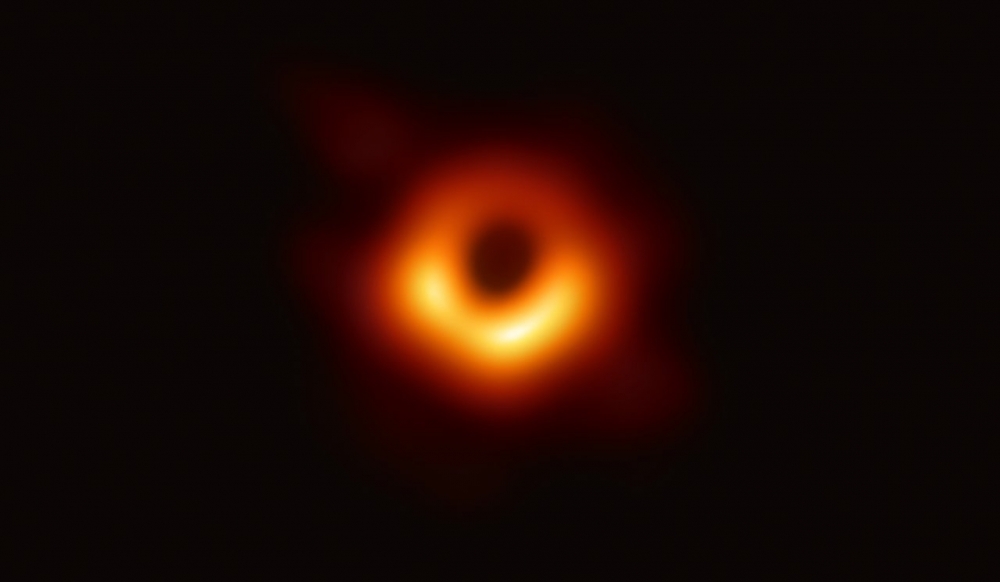
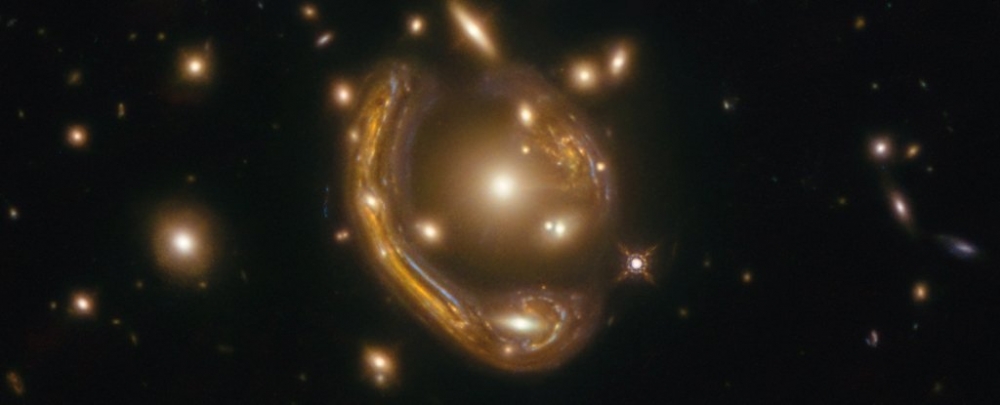
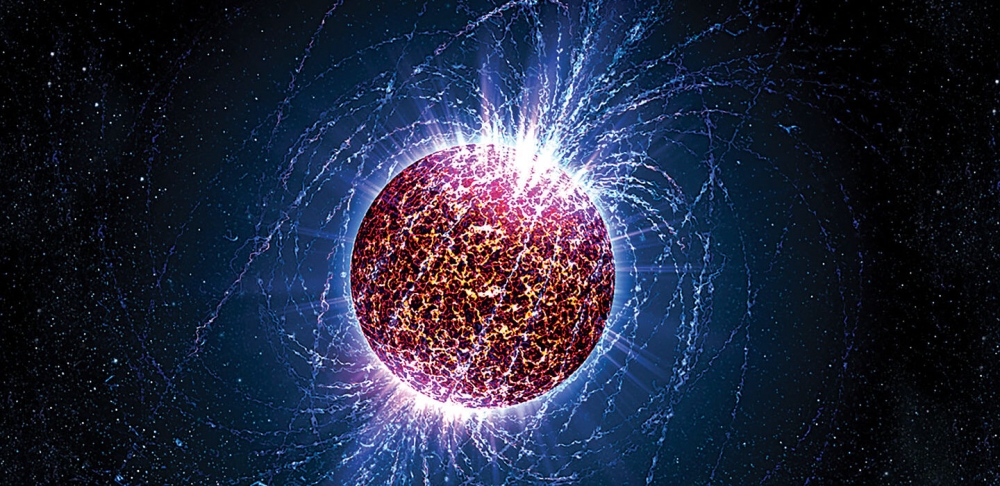
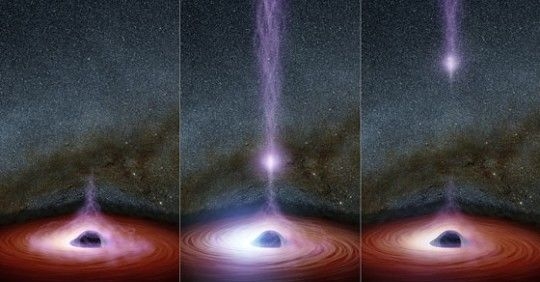
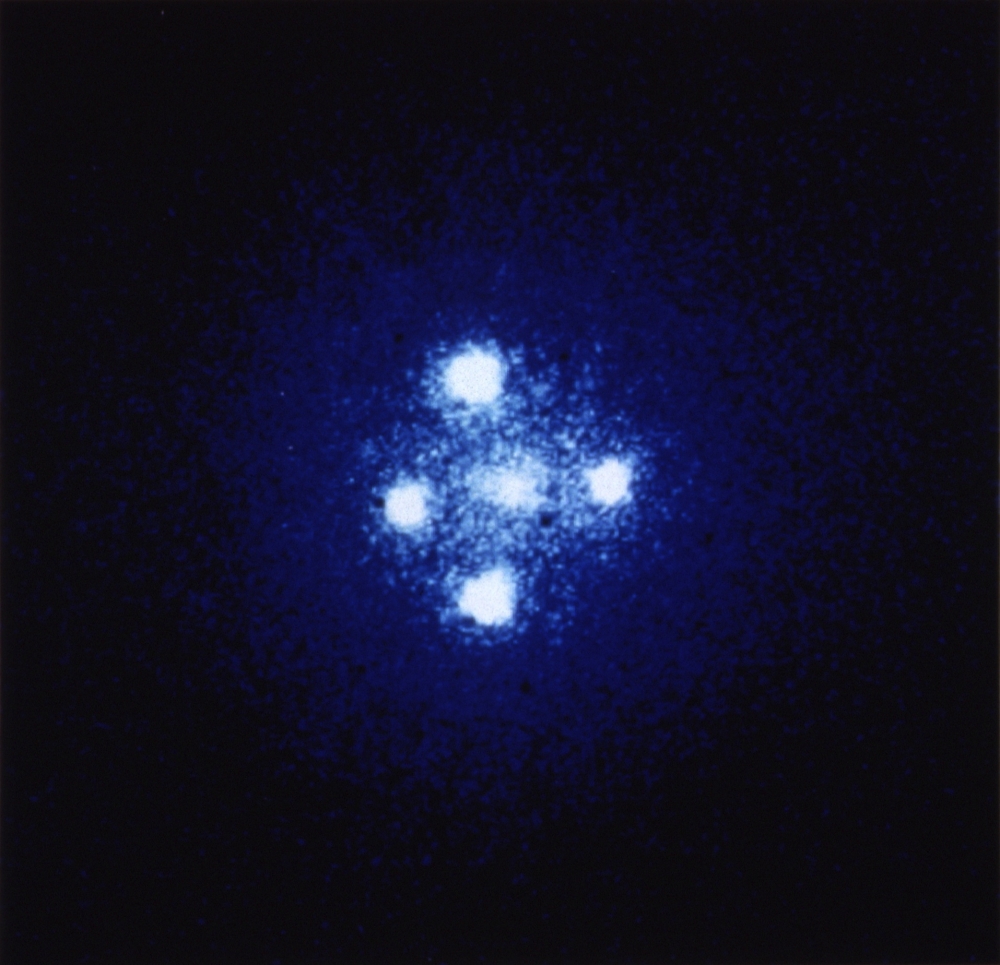
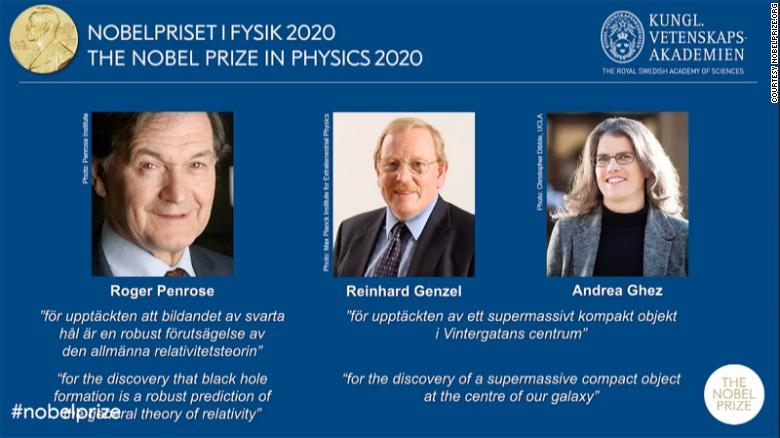
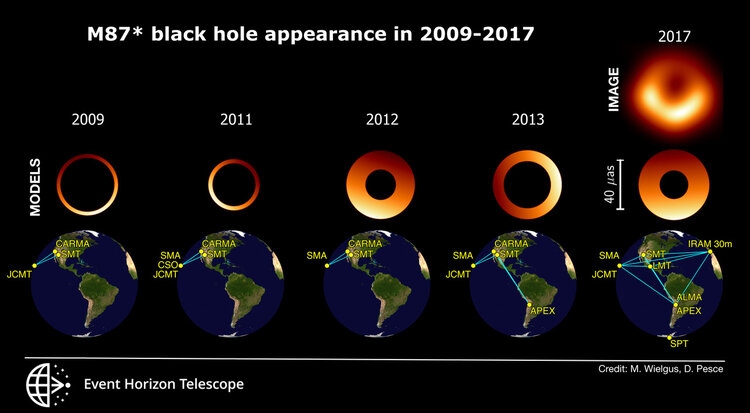
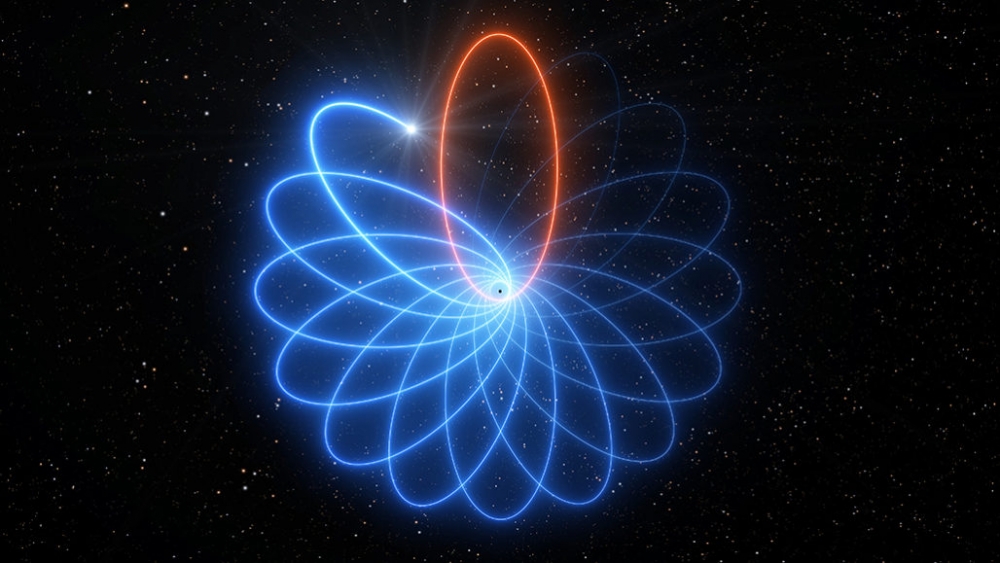
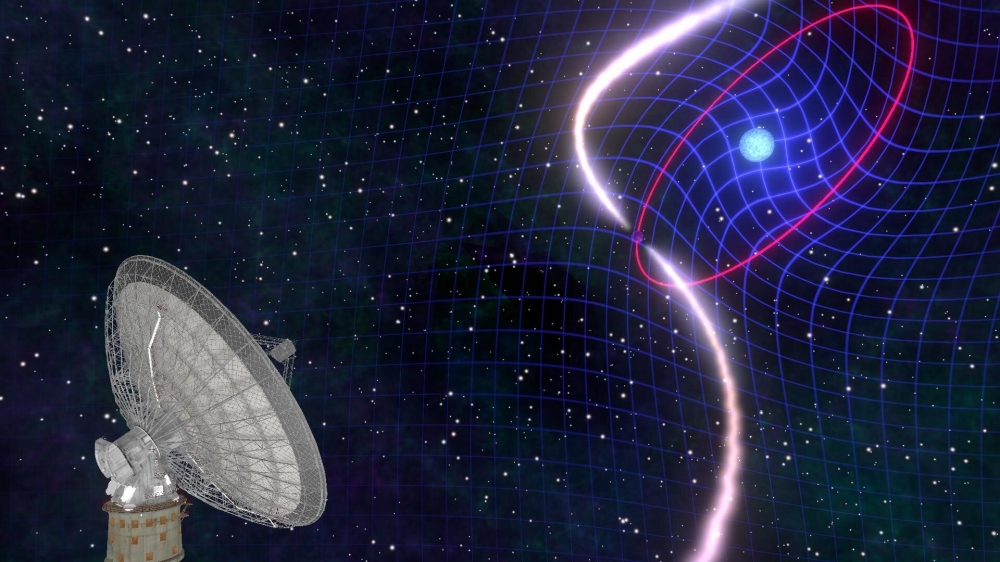
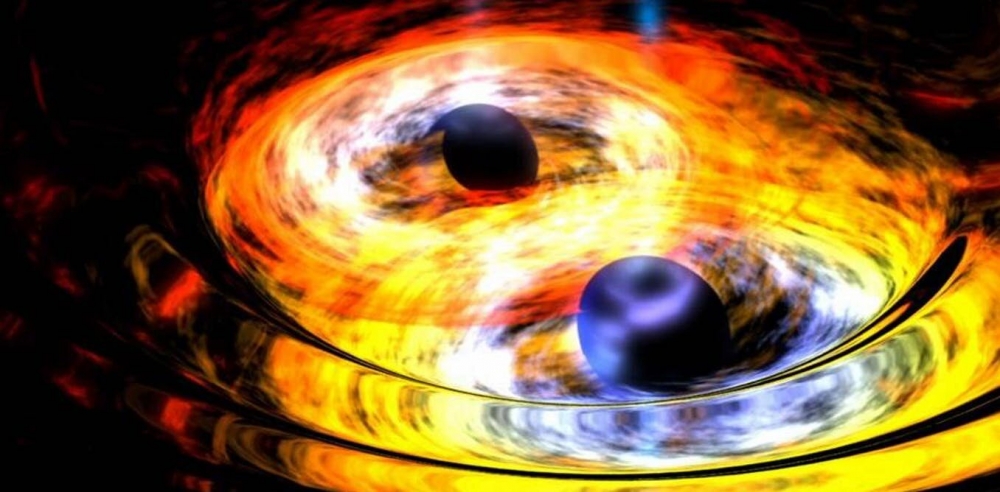
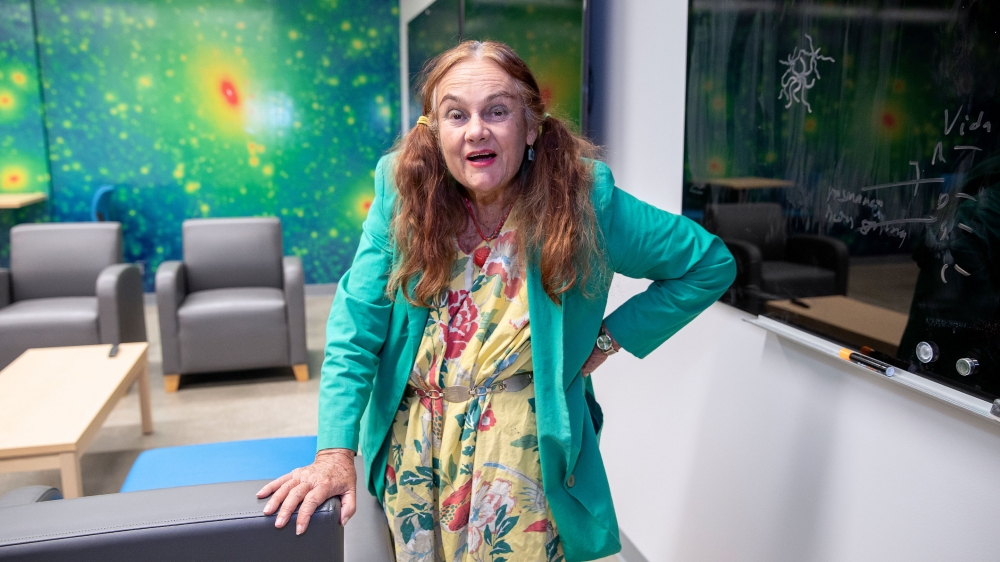
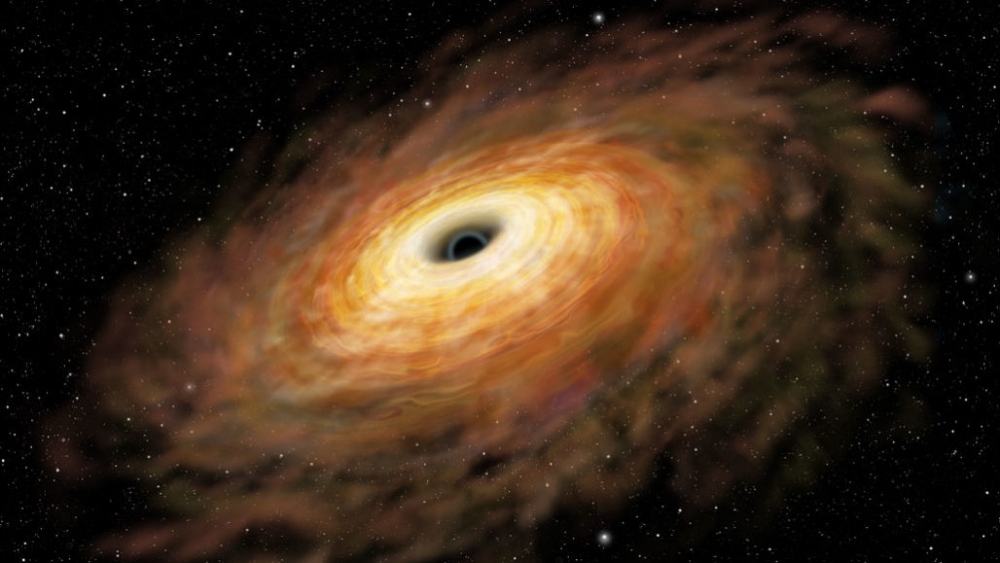
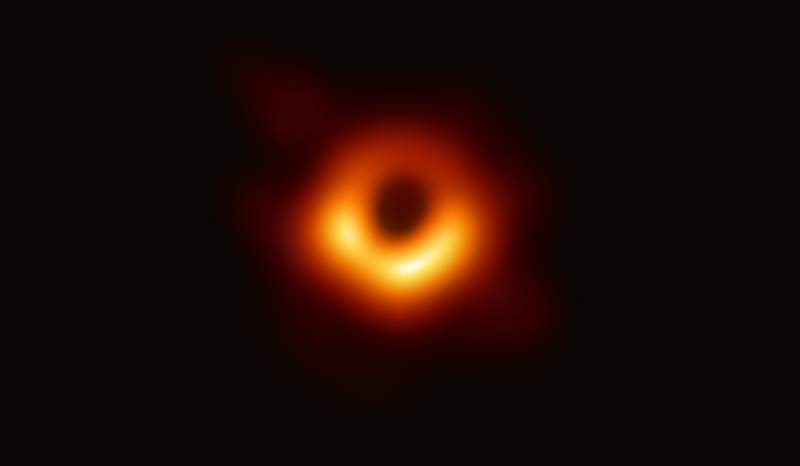
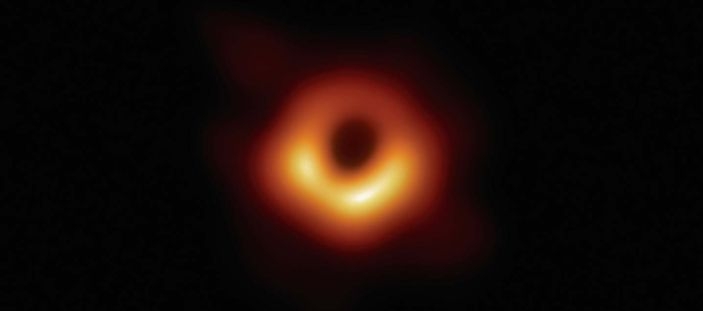
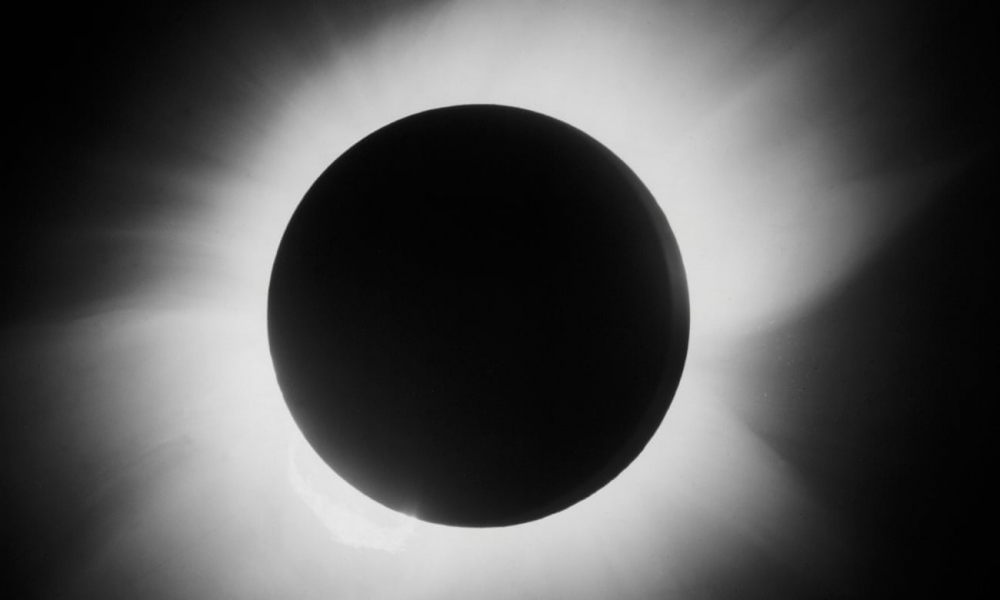
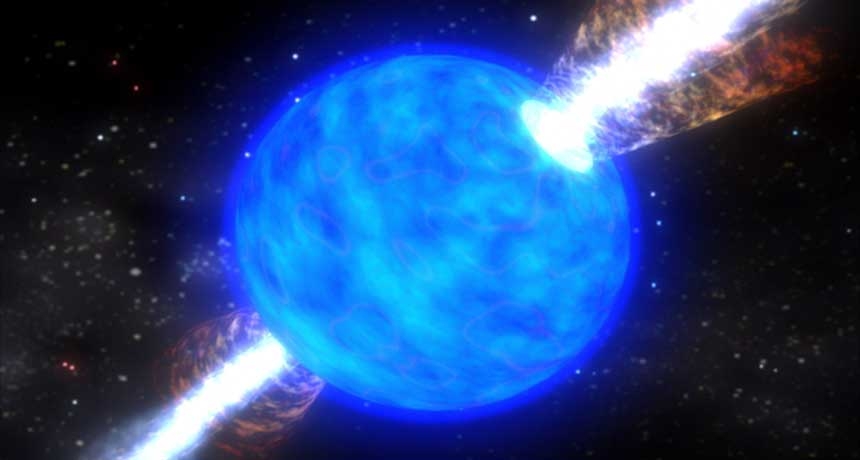

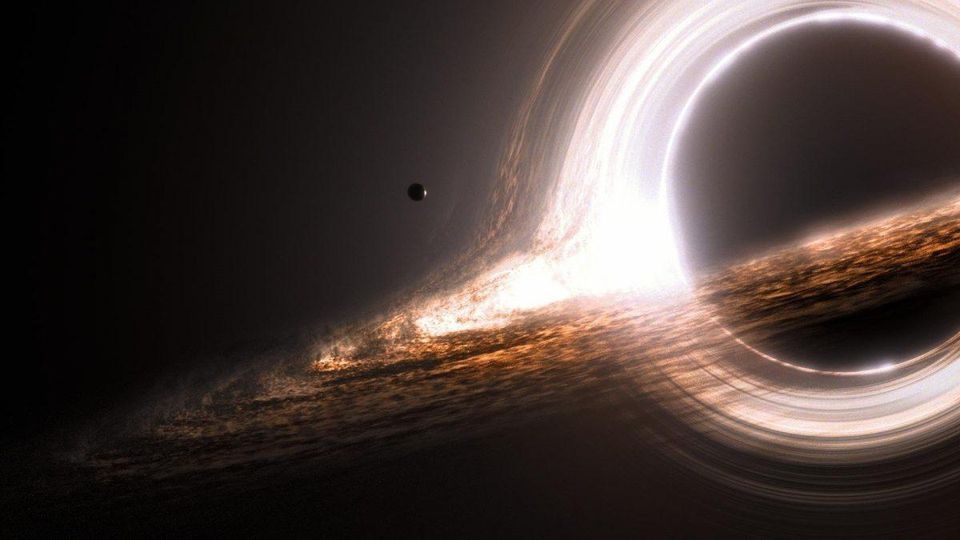

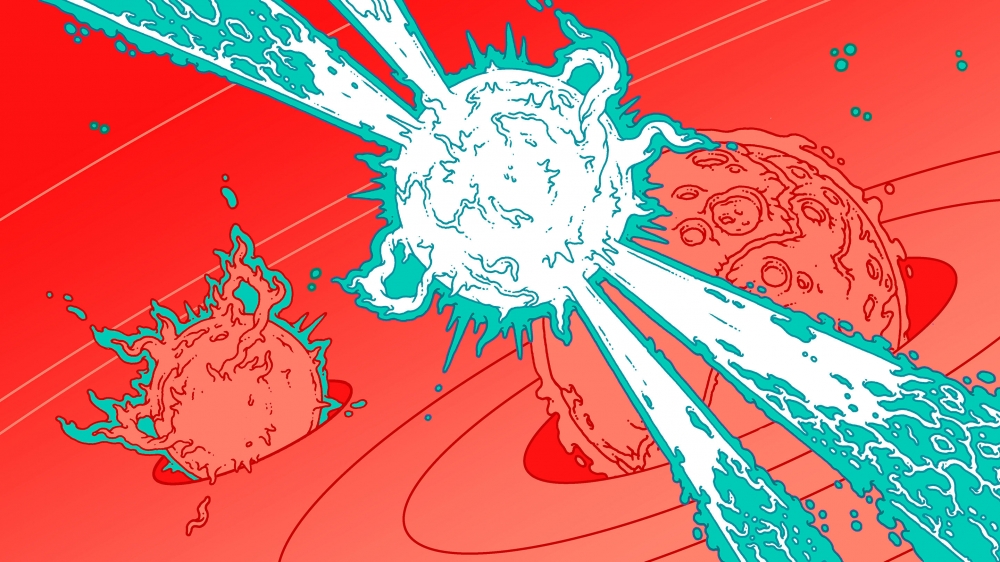
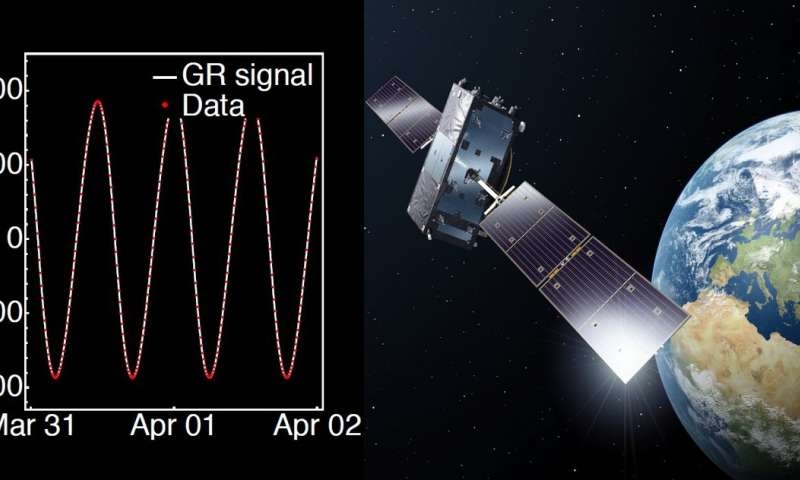
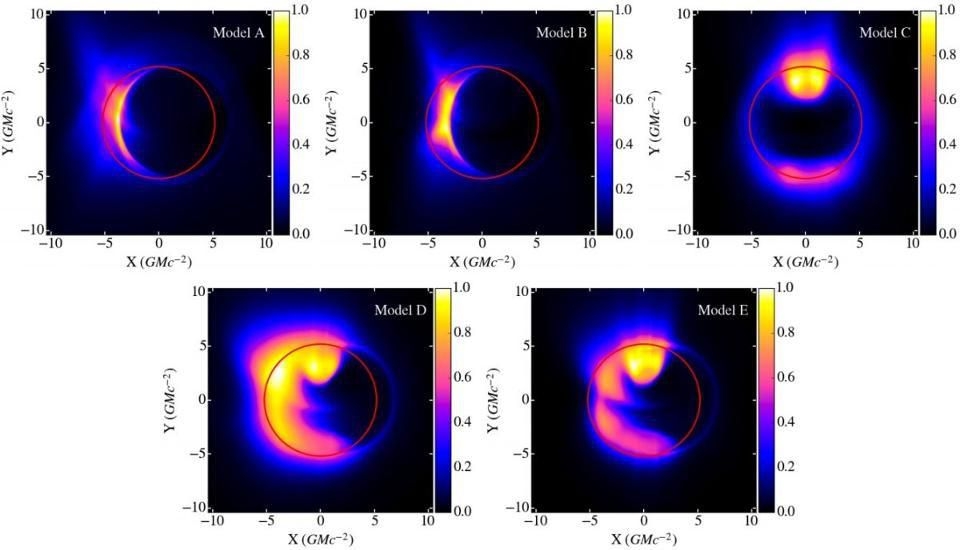
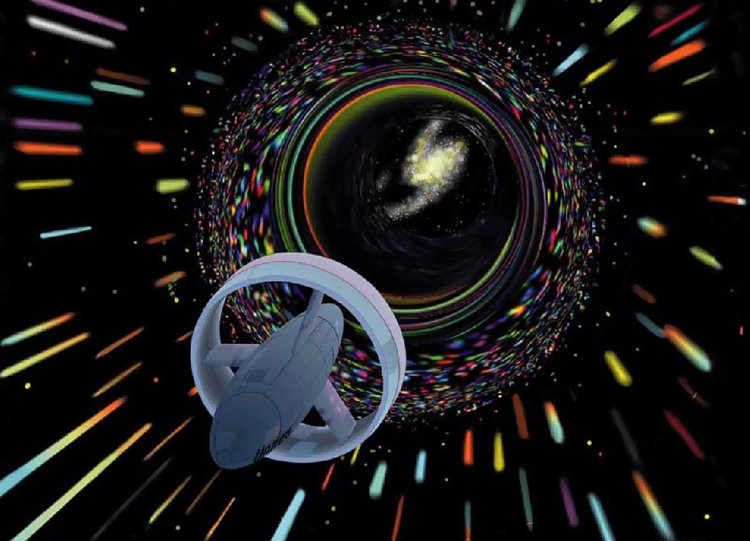
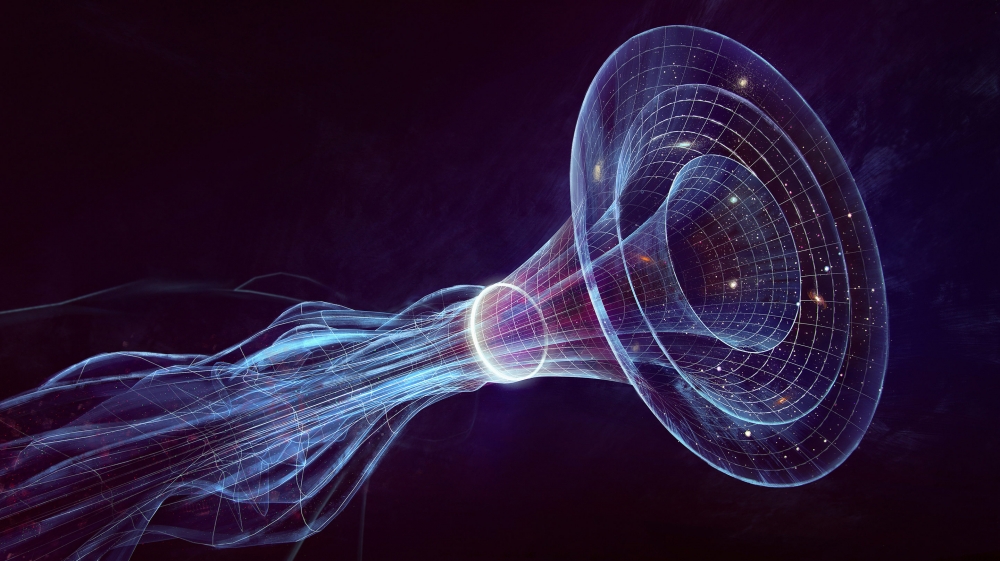
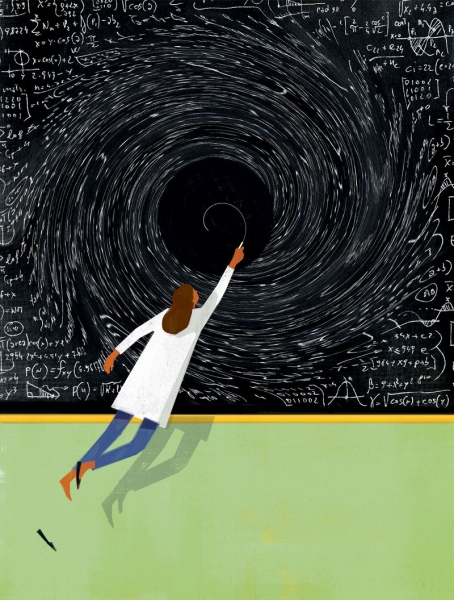
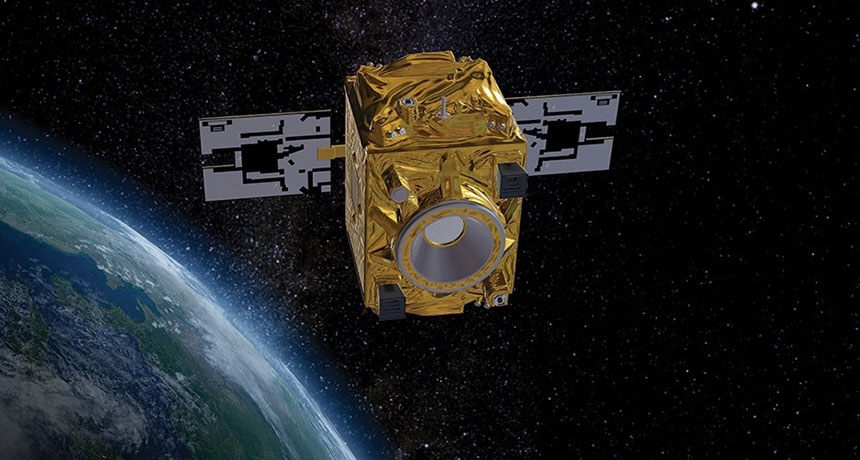
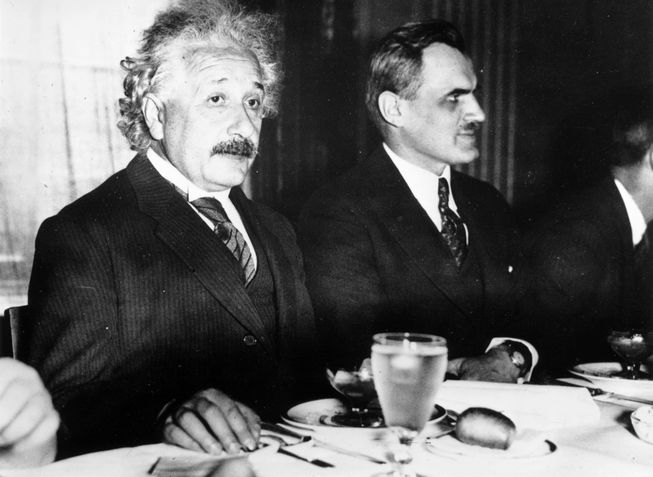
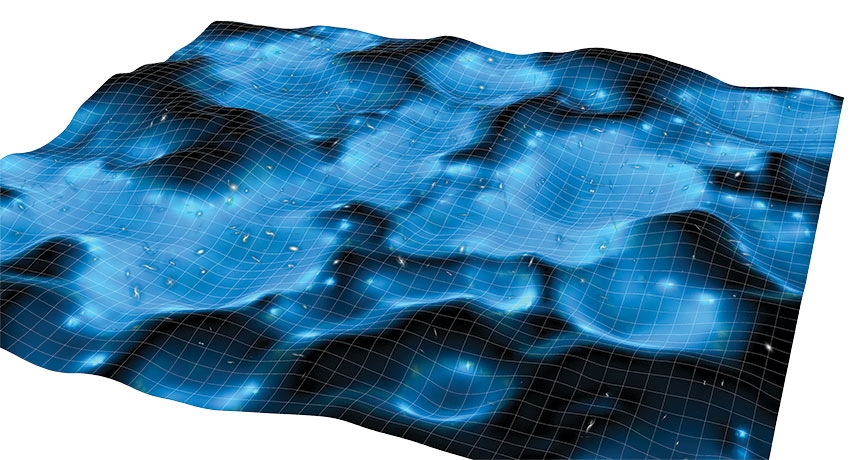
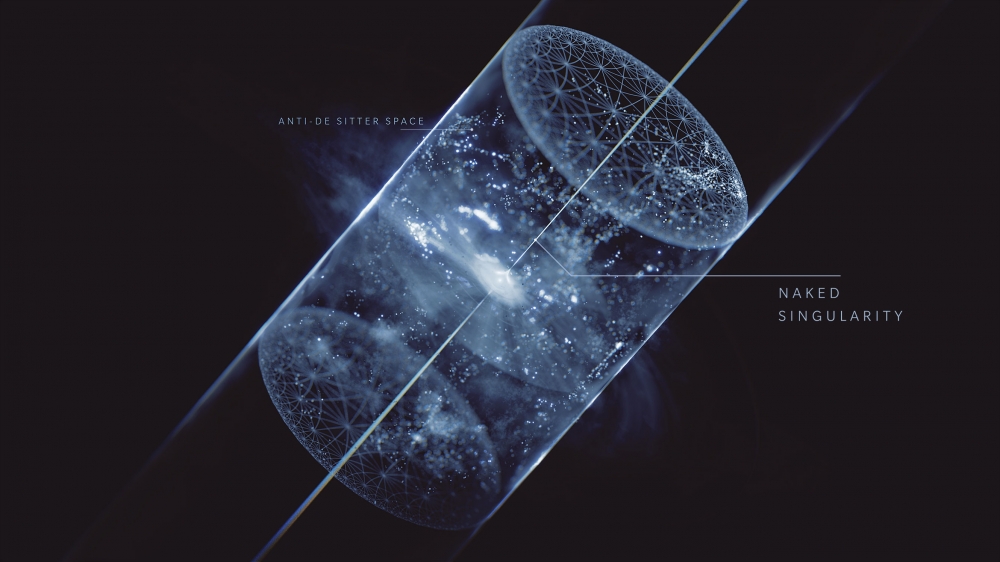

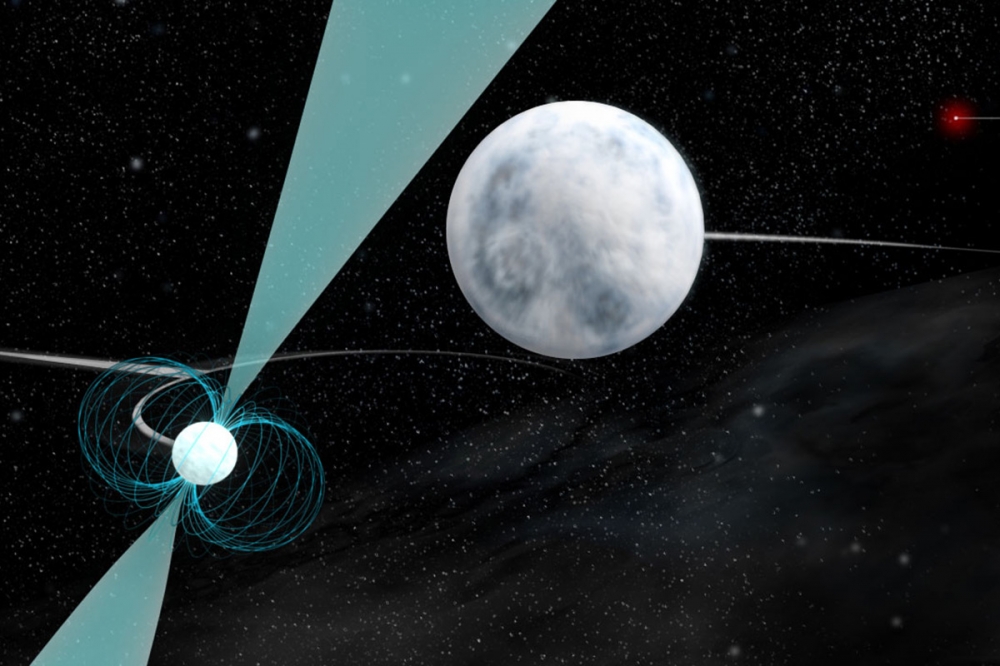
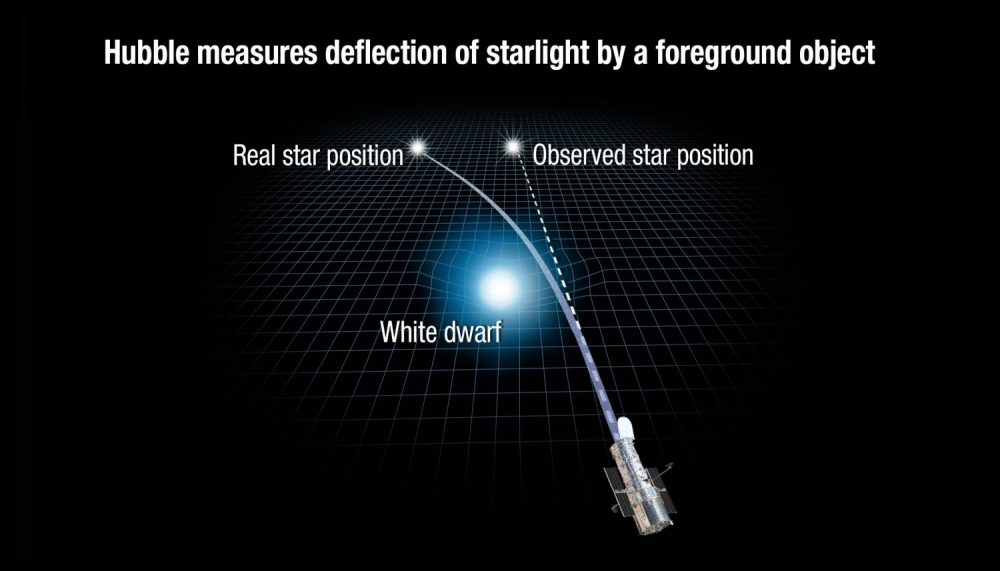
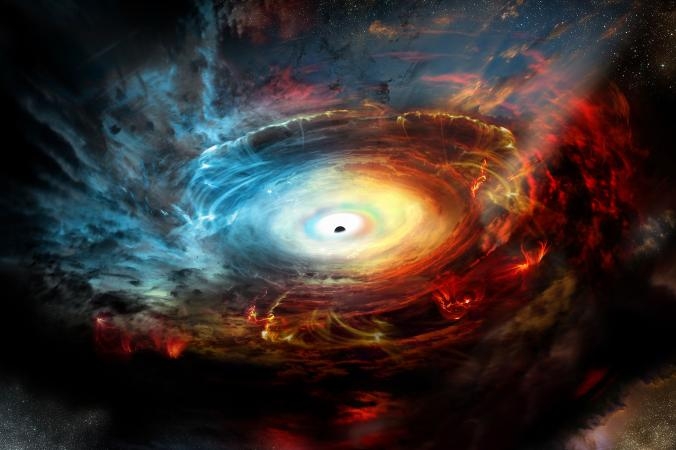
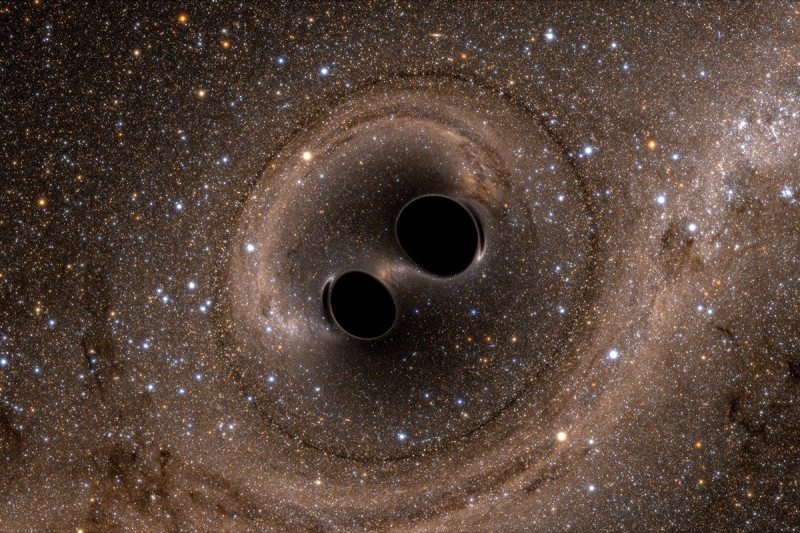
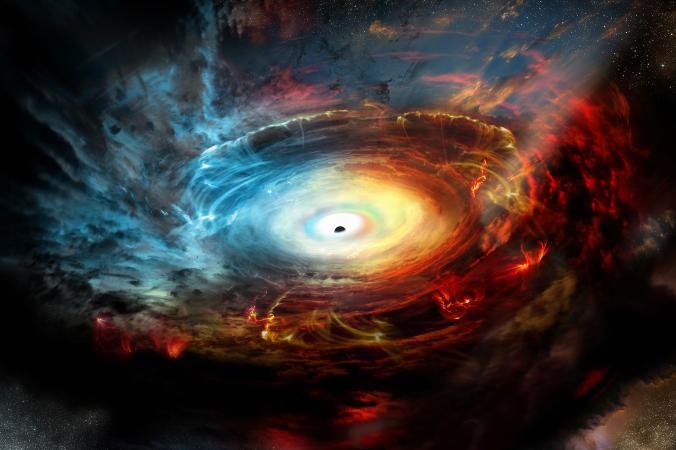
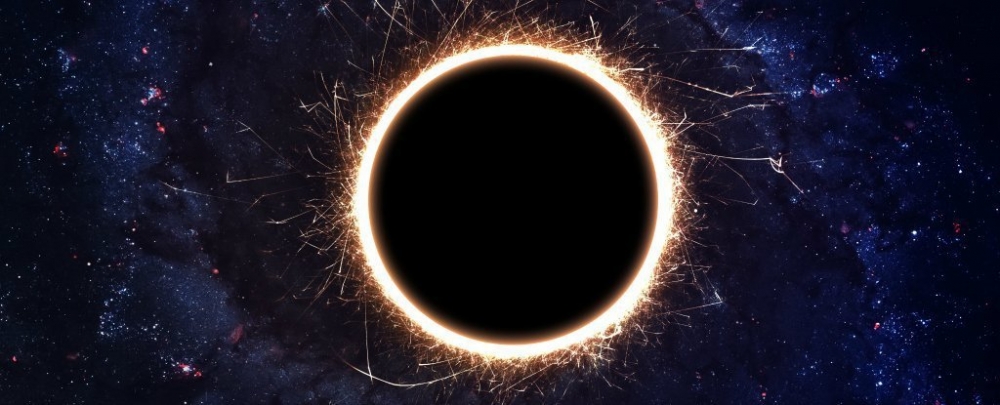


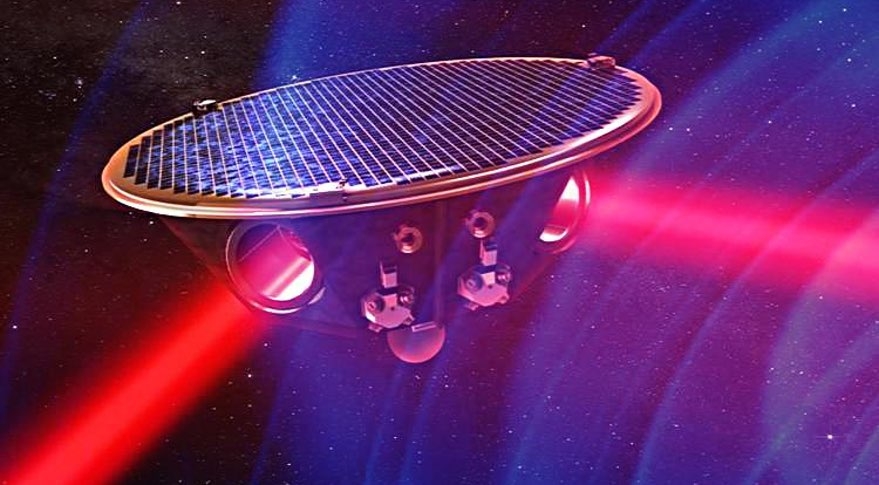
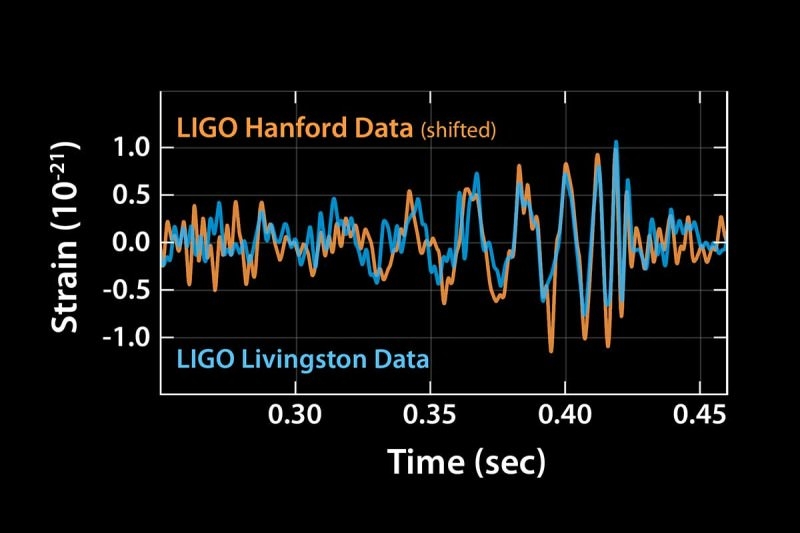
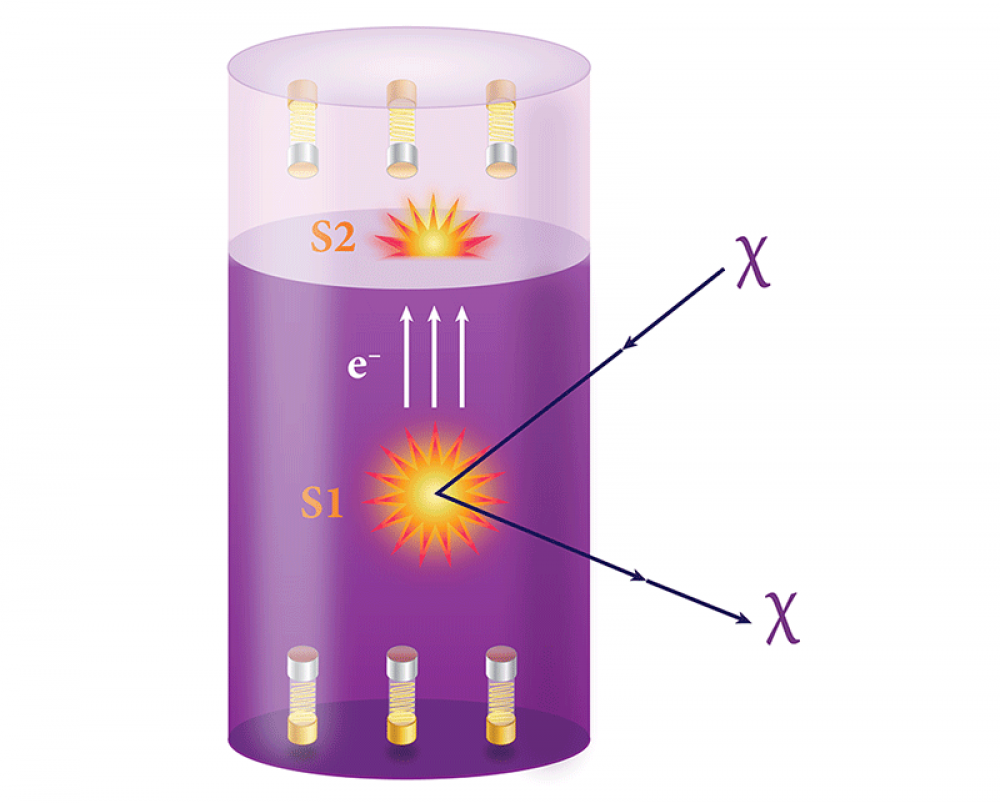
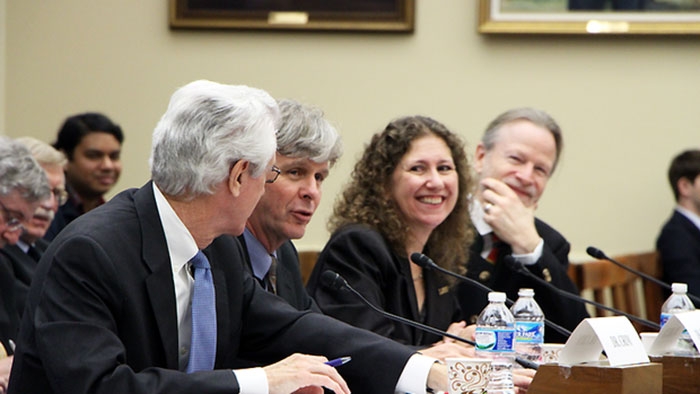
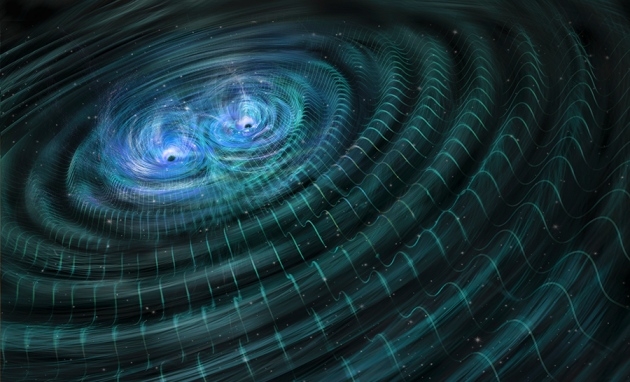
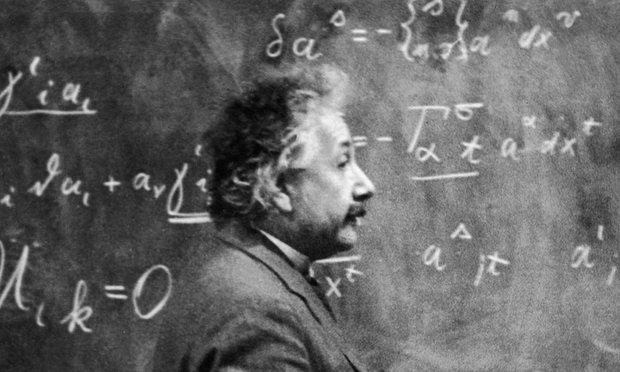
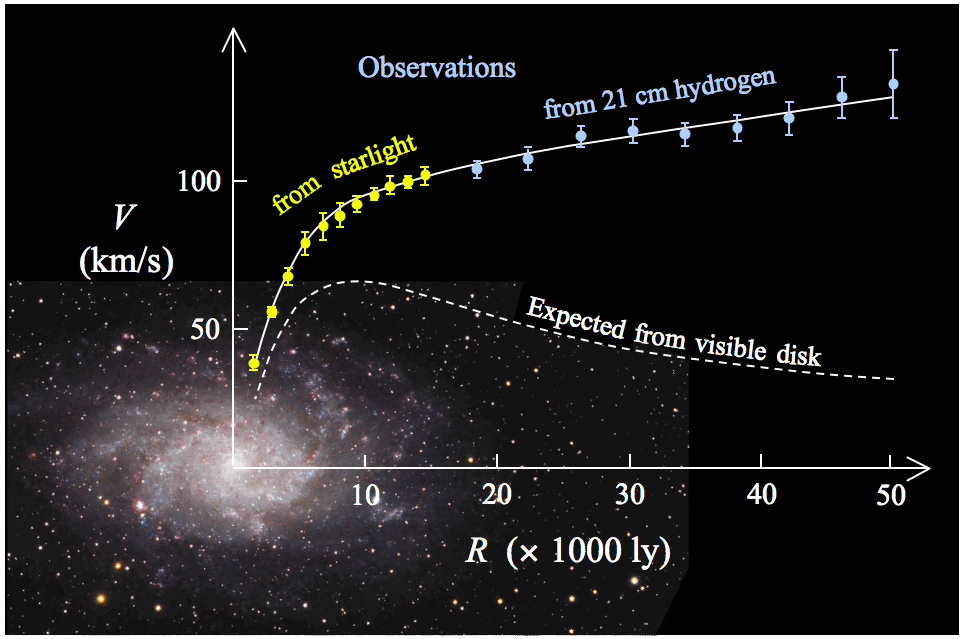
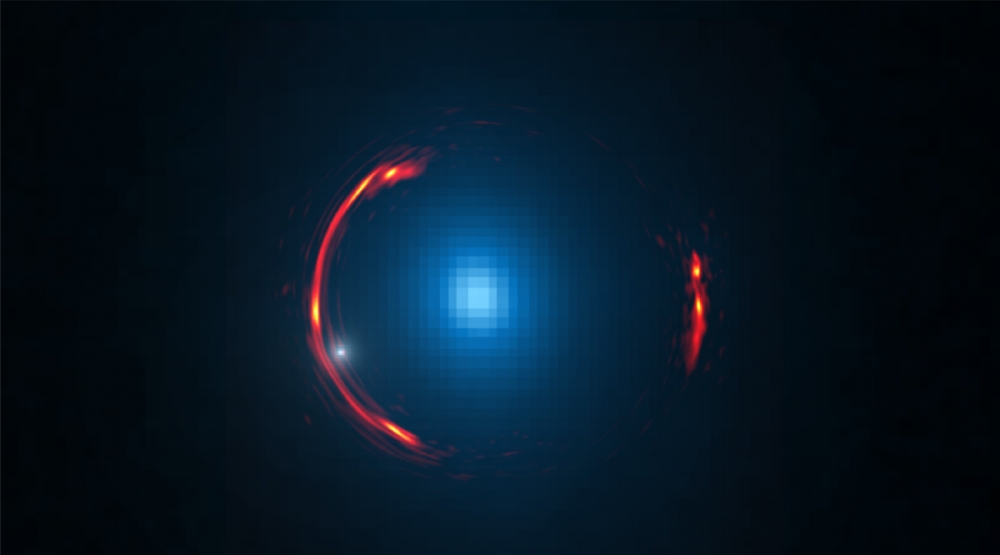
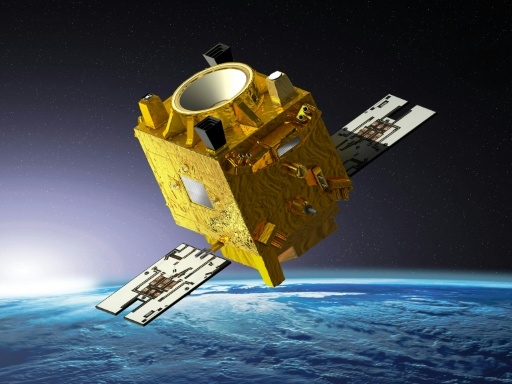
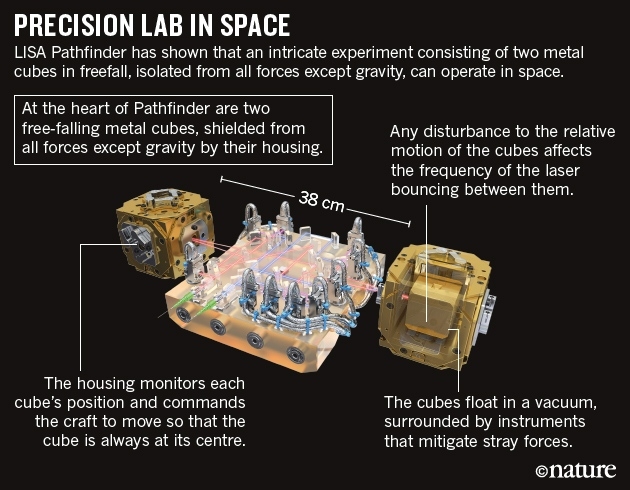
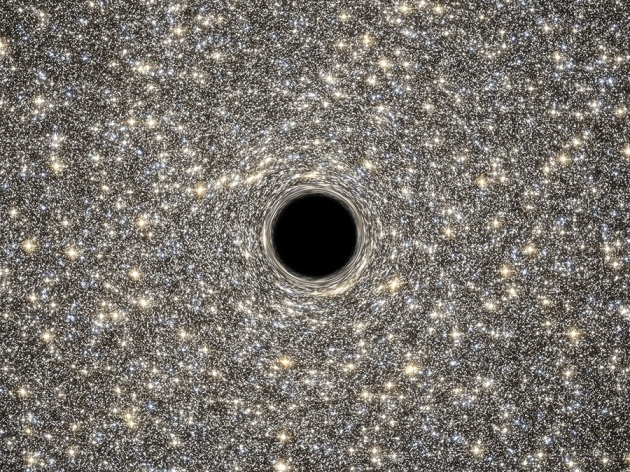
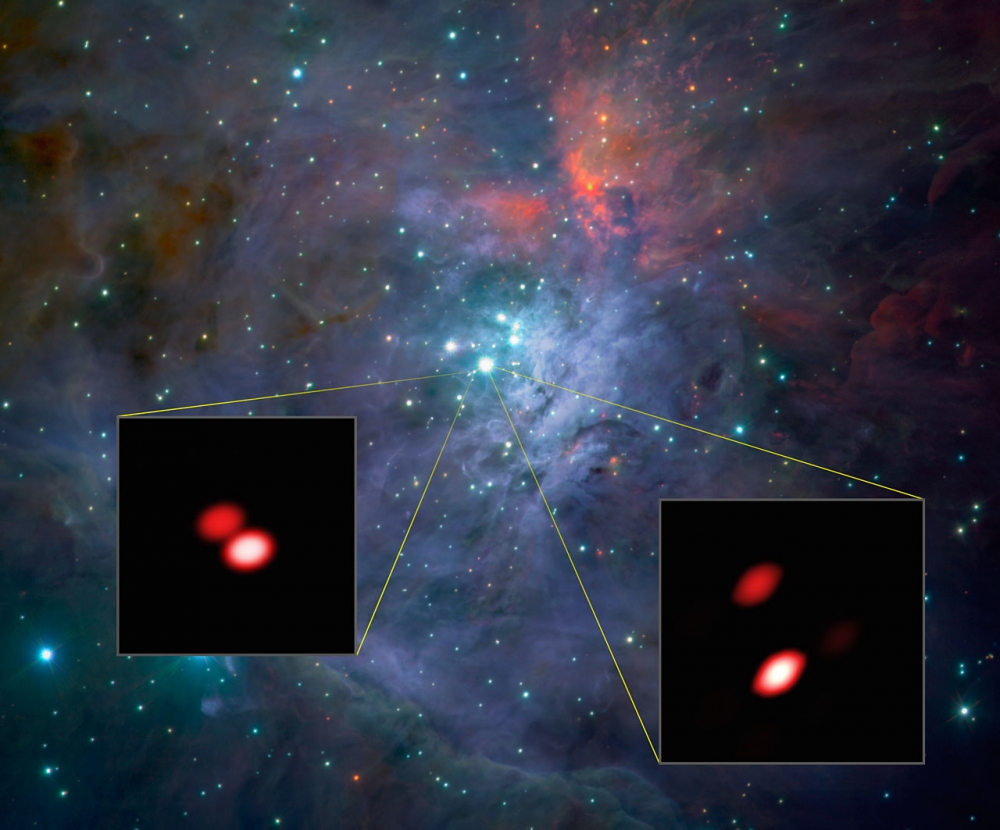
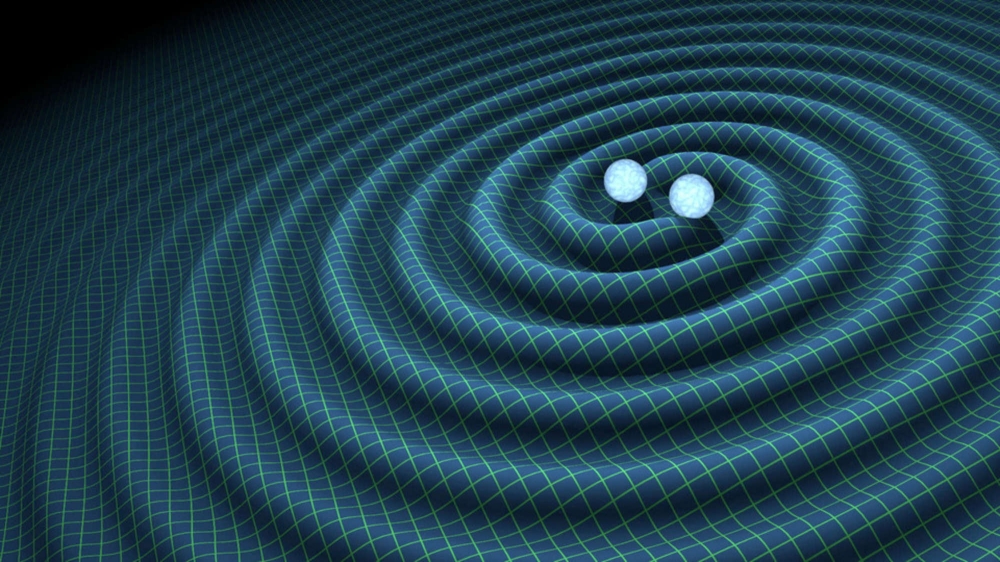
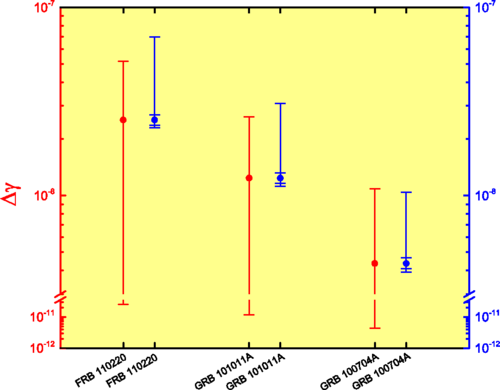
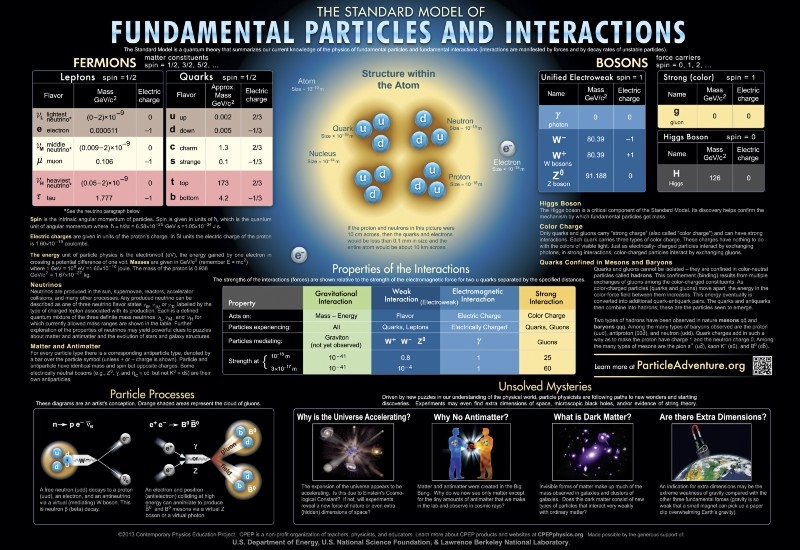
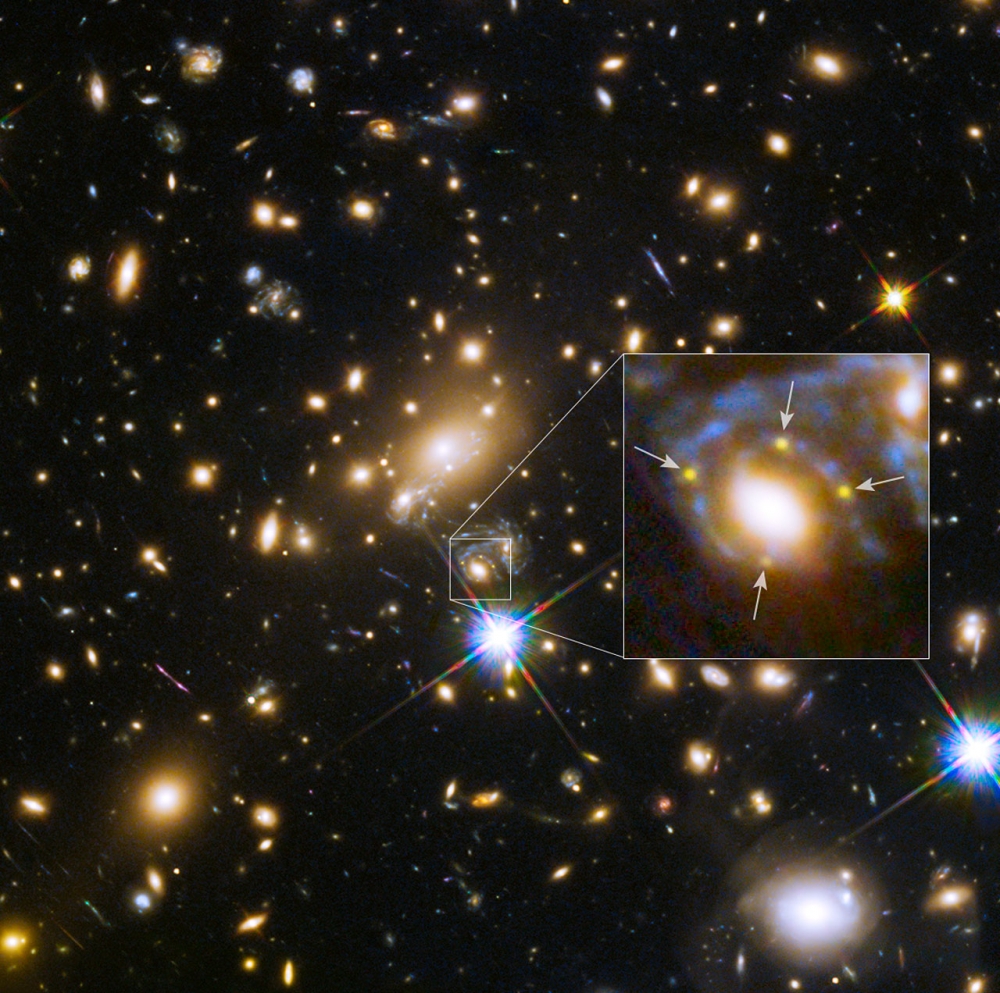
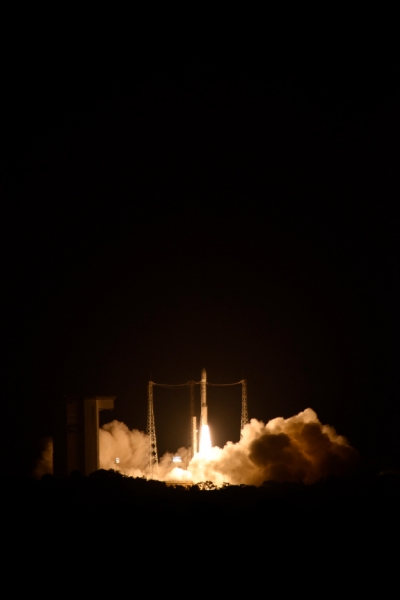
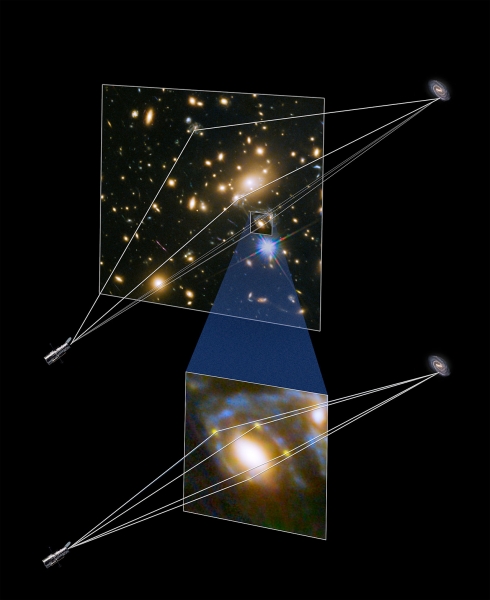
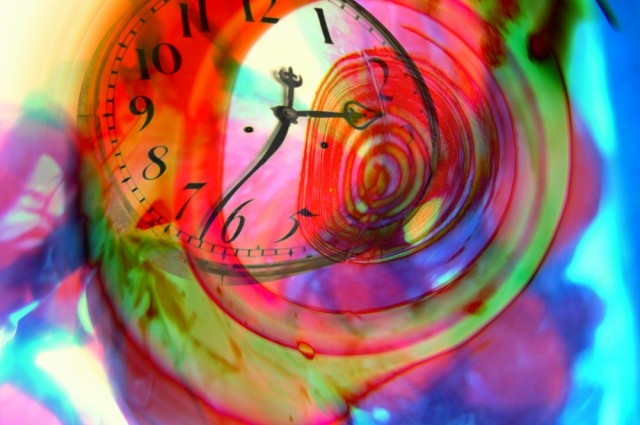
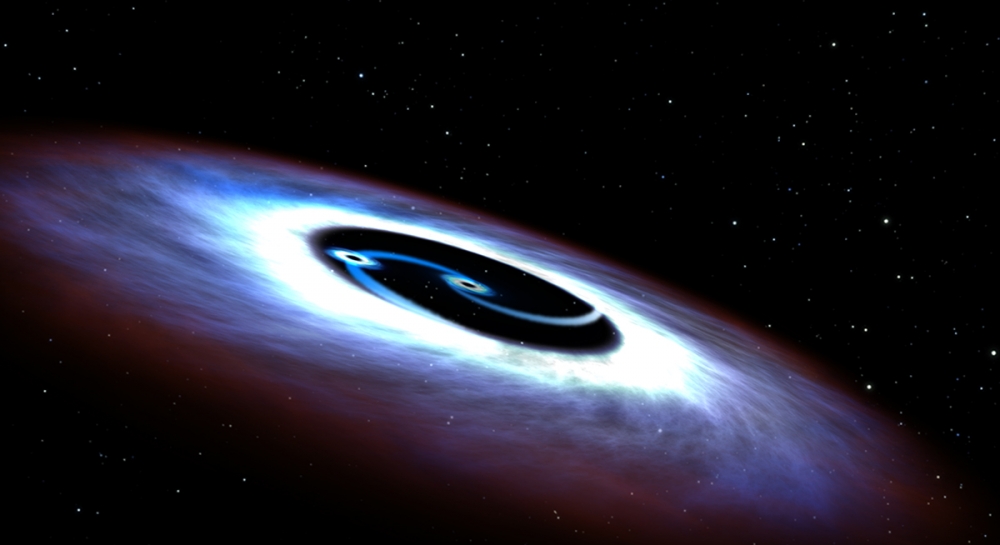
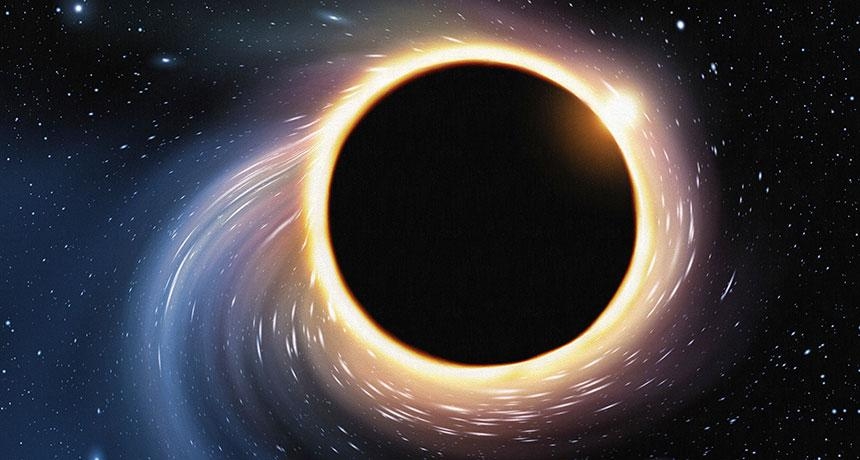
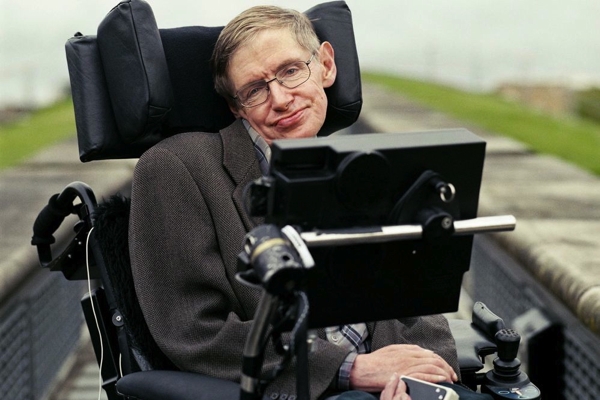
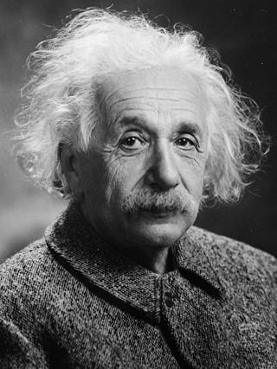
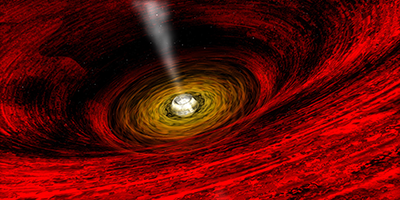
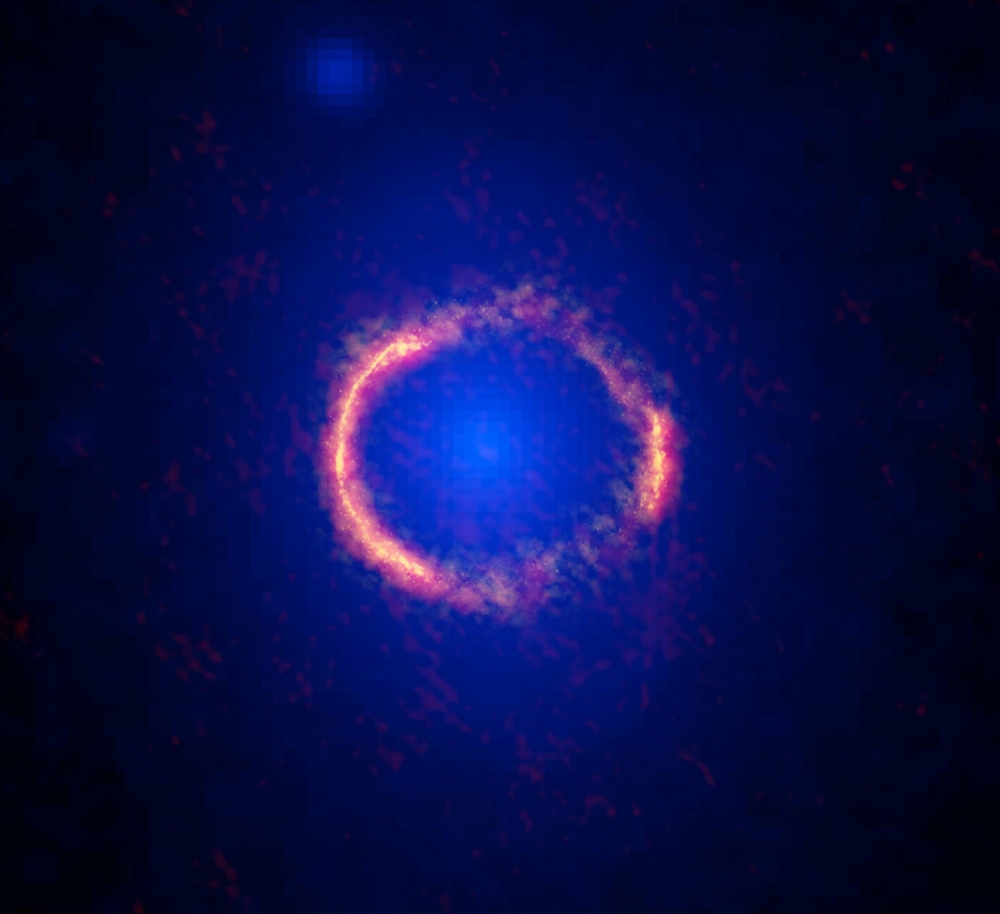
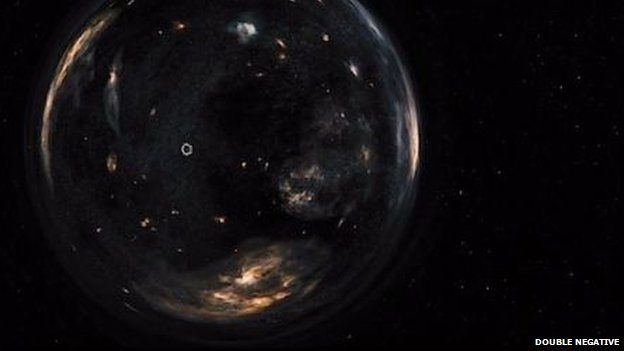
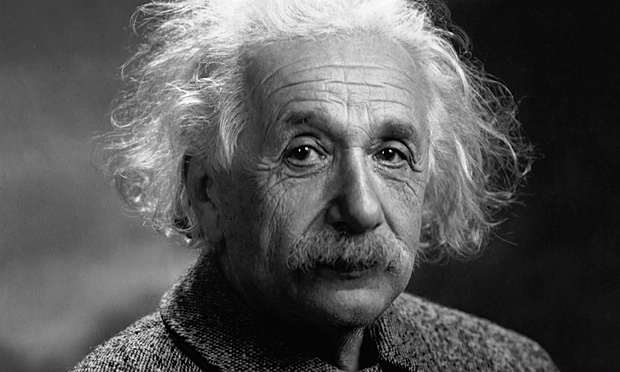
 Being in two places at the same time isn't easy for mere humans (Image: Chen Liu/EyeEm/Getty)
Being in two places at the same time isn't easy for mere humans (Image: Chen Liu/EyeEm/Getty)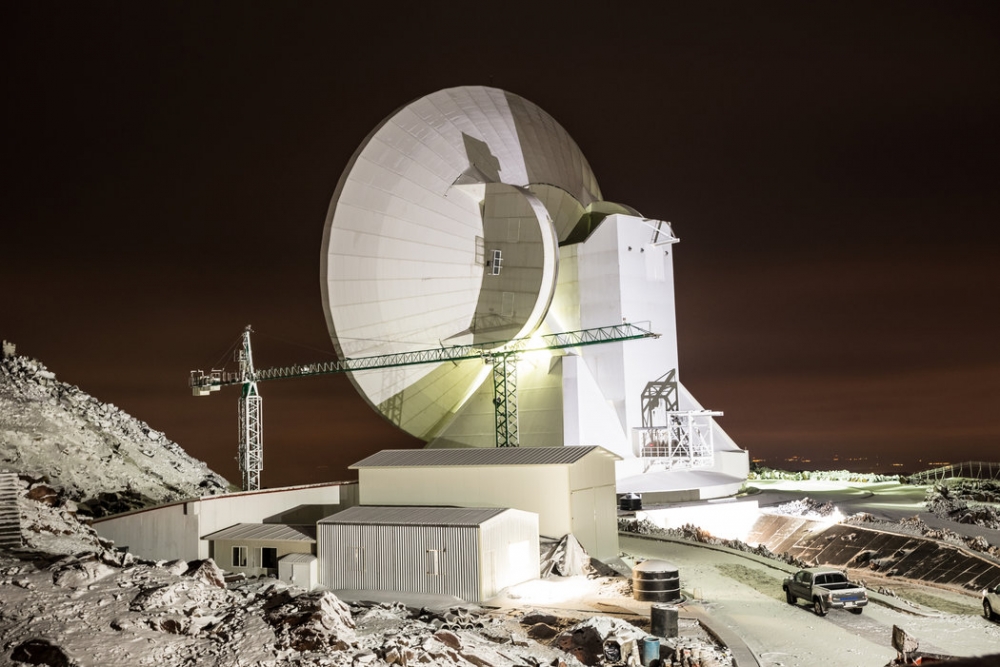 Aiming to make the first portrait of the hungry monster at the center of our galaxy, astronomers built “a telescope as big as the world.”
Aiming to make the first portrait of the hungry monster at the center of our galaxy, astronomers built “a telescope as big as the world.”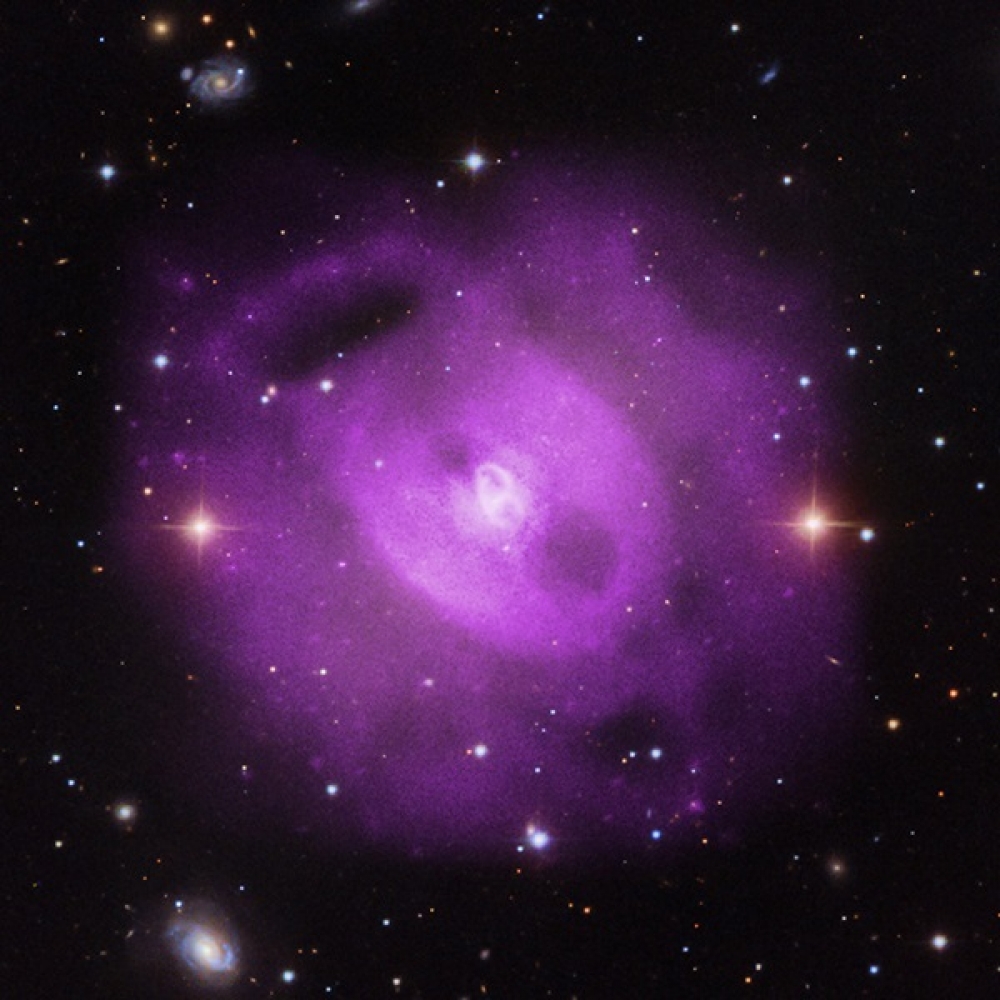
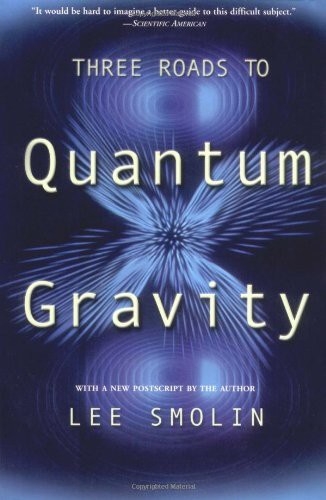
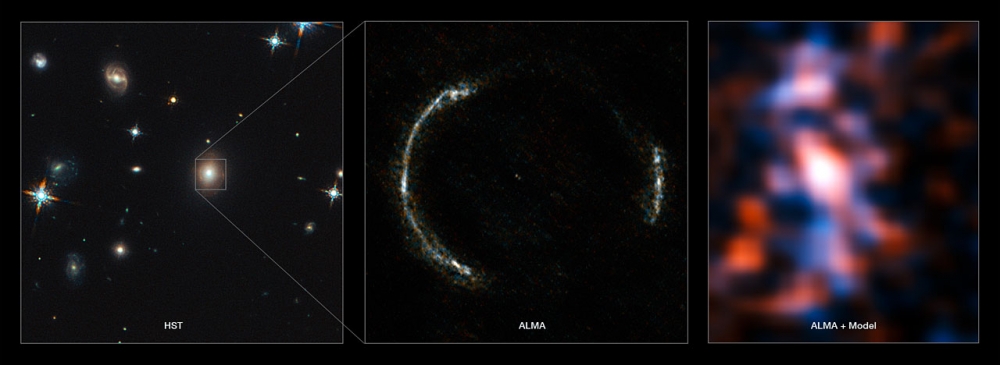
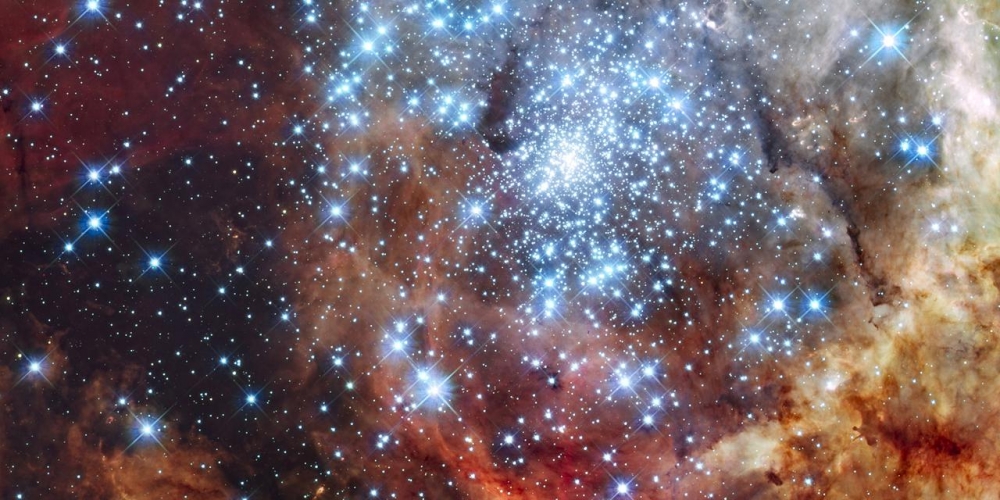

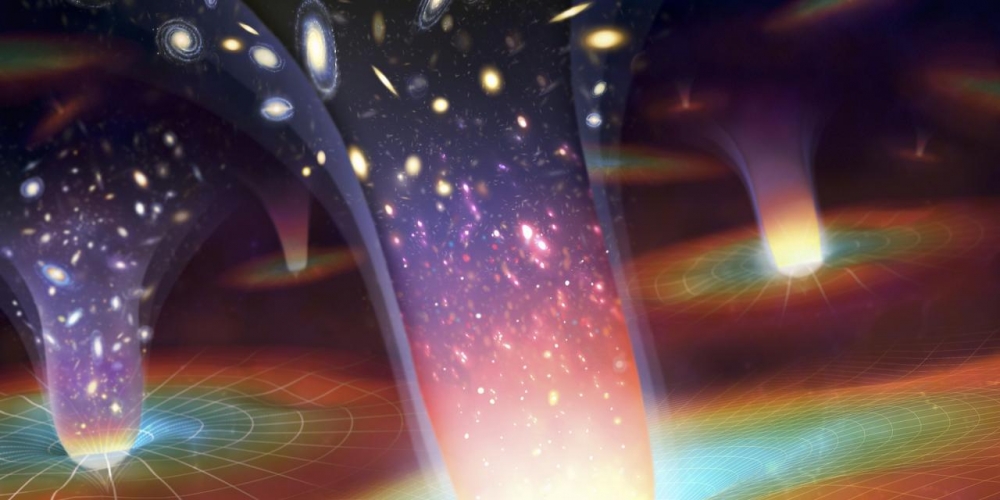 Physicists want to find a single theory that describes the entire universe, but to do so they must solve some of the hardest problems in science
Physicists want to find a single theory that describes the entire universe, but to do so they must solve some of the hardest problems in science